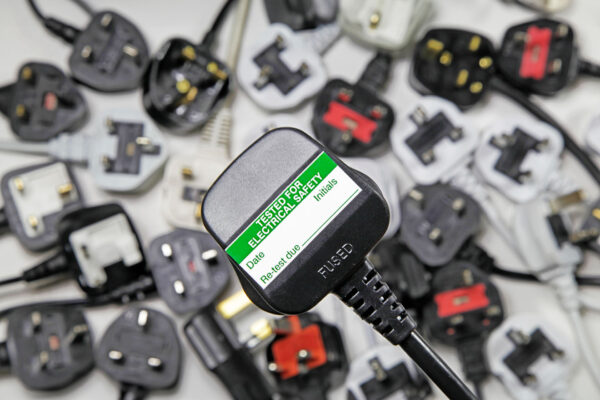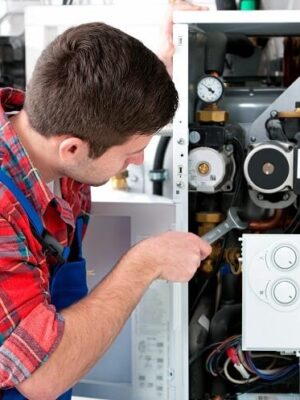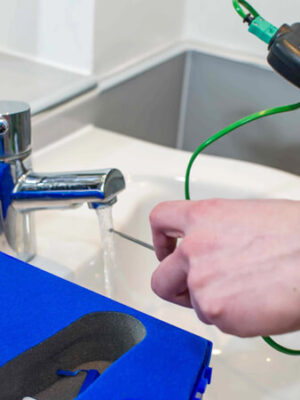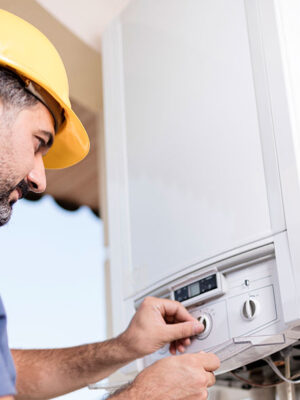A Portable Appliance Testing (PAT) service is a crucial component of electrical safety management in various environments, including workplaces, educational institutions, hospitals, and residential properties. This service involves the inspection and testing of portable electrical appliances to ensure they are safe for use and comply with relevant safety regulations. Here’s a comprehensive overview of what a PAT service entails and its significance:
Key Components of PAT Service
- Visual Inspection: Certified technicians start by visually inspecting each portable appliance for signs of damage, wear, or other defects. This includes examining the appliance casing, power cords, plugs, sockets, and any visible wiring.
- Electrical Testing: After the visual inspection, electrical testing is conducted using specialized equipment. This testing typically includes:
- Earth Continuity Test: Ensures that the appliance has a reliable connection to earth, which is essential for safety in the event of a fault.
- Insulation Resistance Test: Checks the insulation of the appliance to verify that it provides adequate protection against electric shock.
- Polarity Check: Ensures that the wiring is correctly connected, with the live and neutral wires in the right positions.
- Leakage Current Test: Measures any current leakage from the appliance to identify potential faults.
- Functional Testing: Functional testing involves powering on the appliance and checking its operation to ensure it functions as intended. This may include testing switches, controls, and safety features.
- Documentation and Labeling: Once testing is completed, each appliance that passes is labeled with a unique identifier, indicating that it has been tested and deemed safe for use. Additionally, detailed records are kept, documenting the testing process, results, and any remedial actions taken.
- Frequency of Testing: The frequency of PAT testing depends on various factors, including the type of appliance, its intended use, and the environment in which it is used. While some appliances may require testing annually, others may need more frequent testing, particularly in high-risk environments.
Importance of PAT Service
- Prevention of Electrical Accidents: PAT service helps identify and rectify potential electrical hazards before they cause accidents, such as electric shocks, fires, or equipment damage. This proactive approach to safety minimizes the risk of injury or harm to individuals and property.
- Compliance with Regulations: Many countries have regulations and standards in place that require regular testing and maintenance of electrical appliances in workplaces and other environments. Compliance with these regulations is essential for legal and insurance purposes, as well as for ensuring the safety of occupants.
- Protection of Assets: Regular PAT testing helps protect valuable assets, such as equipment, machinery, and infrastructure, from damage caused by electrical faults. By identifying and addressing issues early, potential downtime and repair costs can be minimized.
- Peace of Mind: Knowing that portable appliances have undergone thorough testing and inspection provides peace of mind to employers, employees, and building occupants. It demonstrates a commitment to safety and ensures a safe working or living environment for all.
- Risk Management: PAT service forms an integral part of an organization’s risk management strategy. By identifying and mitigating electrical risks, organizations can reduce the likelihood of accidents, injuries, and associated liabilities.
Conclusion
A Portable Appliance Testing (PAT) service is essential for ensuring the safety, compliance, and efficiency of electrical appliances in various settings. By conducting thorough inspections, testing, and documentation, PAT service providers help prevent electrical accidents, comply with regulations, protect assets, and provide peace of mind to stakeholders. Regular PAT testing forms a critical component of an organization’s overall safety and risk management strategy, contributing to a safer and more secure working or living environment for all.






Reviews
There are no reviews yet.